How to Take Care of Garden Tools
By now your garden is lush and probably serving up some fresh vegetables. Tending to the plants is only one chore you have to do to grow your own food. You also need to know How to Take Care of Garden Tools.
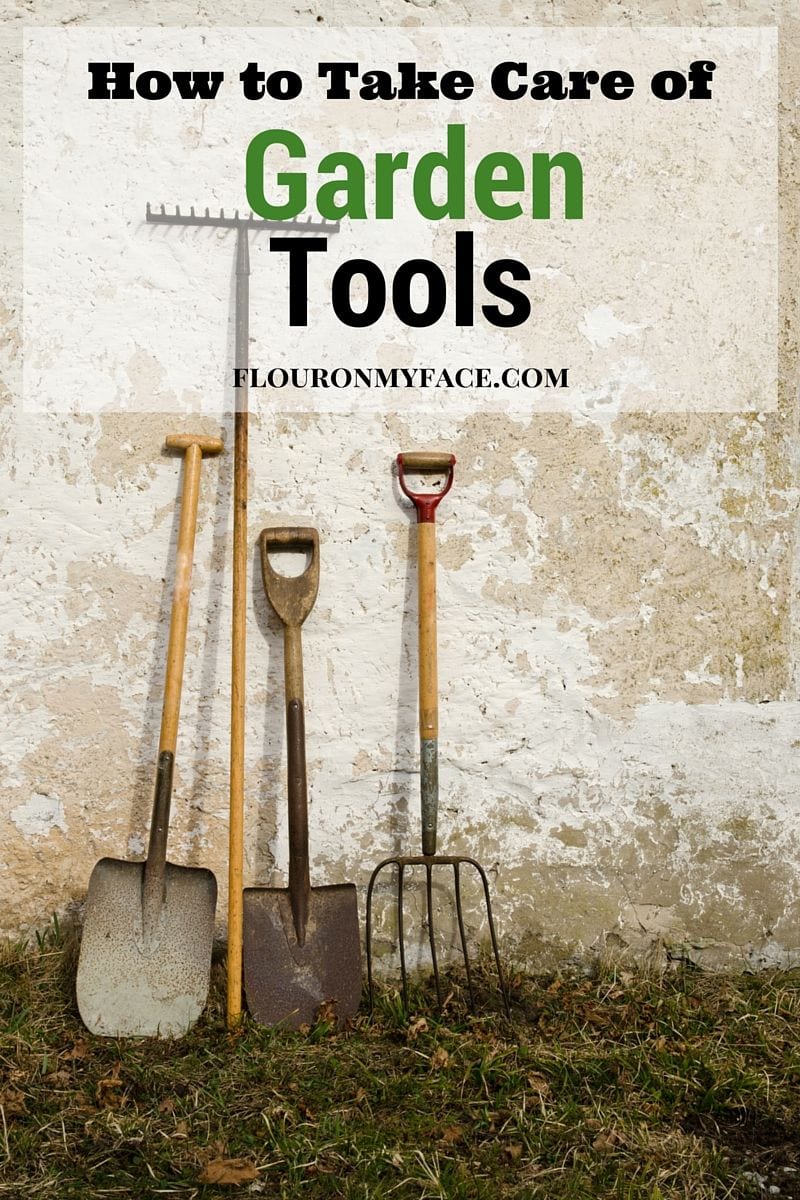
Keeping your garden tools in good working order is just as important as growing the plants. Just as a cook needs a good set of sharp knives to get the job done a gardener needs gardening tools that are maintained and in good working order.
Trying to work in the garden with garden tools that are broken or not in proper working order makes a hard job harder. How To Take Care of Garden Tools will allow you to get the gardening job done right.
Tips for Taking Care of Garden Tools
Getting a task done is easiest when you have the right tools on hand, and gardening is no exception. Each growing season requires the same equipment to prep the ground, plant the flora, tend the flowers, vegetables and fruit, and finally harvest them all. However, if you don't keep your gardening tools in good condition, you'll be without the proper instrument when you need it most.
Here are some suggestions on how to keep you gardening tools in tip-top shape:
Rake
Rakes are useful throughout the growing season. They help clear debris from last season and trash trapped under the now-melted snow. They break up and spread soil, as well as mulch in garden beds. Of course, they are the ideal tool when gathering fallen leaves in autumn and prepping the garden for its hibernation over winter.
If your rake has a wooden handle like many garden tools do, you can prevent it from breaking or splitting with a little TLC. Start by wiping down the handle with a damp cloth, then sand it with a medium grit sandpaper to take off any rough edges. Finally, apply boiled linseed oil to the wooden surface, which moistens the wood and also forms a protective barrier.
If a handle does break, don't toss the whole implement. Consider just replacing the handle - hardware shops and garden centers tend to carry replacement handles for just this reason. Installing a new handle usually just involves removing a couple of screws.
Keep the rakes stored in a sheltered, dry place where they aren't in direct contact with the elements. The more moisture and harsh conditions they face, the faster you'll need to replace them.
Hose
It might seem like a hassle, but if you put the garden hose away properly after every use, it will last for a long time. This means not putting it away with kinks and tangles in it.
You also want to put it away after each use so it doesn't rot due to soil moisture. Plus, you don't want to run it over with the lawnmower or trip over it. There are many gadgets that can help you wind up your hose quickly and effectively.
When you do coil up and store the hose for a day or over the winter, ensure it isn't in direct sunlight. If the sun beats down on the hose, it will break down more quickly and end up with cracks and holes.
At the end of the growing season, be sure to empty all the water out of the hose before putting it into storage. If water is left inside the hose, the water molecules will expand and contract due to freezing and thawing, which will weaken the hose's fabric.
Shears and Shovels
Cutting back hedges, pruning raspberry bushes and getting rid of dead branches are all simple tasks with a good pair of garden shears and pruners. Turning the garden and mixing soil is the sole job for shovels.
To keep their blades in top condition, make sure to give them an occasional sharpening. You can accomplish this by first wiping the blades down with a lubricant - WD-40 works well. Then file the blade with a 10-inch flat mill file or whetstone. These kinds of files are available at most hardware shops.
Once sharpened, wipe or spray the tools with a thin layer of motor oil to prevent rusting. You can dilute the motor oil with kerosene - one part kerosene to two parts oil. Another option is to use the old oil from your lawnmower. Don't worry, oil gets broken down quickly by soil and it won't have negative effects on your organic material.
Ensure the metal implements, such as shears, are stored indoors. A garage or shed will do. It's not about the temperature as much as it's about preventing moisture from degrading the tools. Also, keep them off the floor, to avoid possible dulling.
Gardening is a great way to get outside and work with your hands, but if your gardening tools aren't in good shape, you'll spend most of your time at the hardware store or garden center, replacing them. To optimize your time in the garden, use the above techniques to keep your tools in top form for many seasons to come.
Megan Wild loves making the most out of a small space. She enjoys finding new ways to make use of unusual spaces in her home. Find her tweeting home inspiration @Megan_Wild.
Love the How To Care For Garden Tools article? Looking for more gardening tips?
-
7 Factors that Can Affect Sun-Sensitive Plants
-
Best Culinary Herbs to Grow
-
How to Create a Raised Garden Bed
-
4 Signs Your Garden Soil is Unhealthy
-
How to Know What will Grow Best in Your Yard
-
10 Tips to Become a Successful Organic Gardner
-
How to Keep Your Herb Garden Hydrated in Winter
-
Tips for Growing a Healthy Butterfly Bush
-
How to Grow a Salsa Garden and Can Salsa For Winter


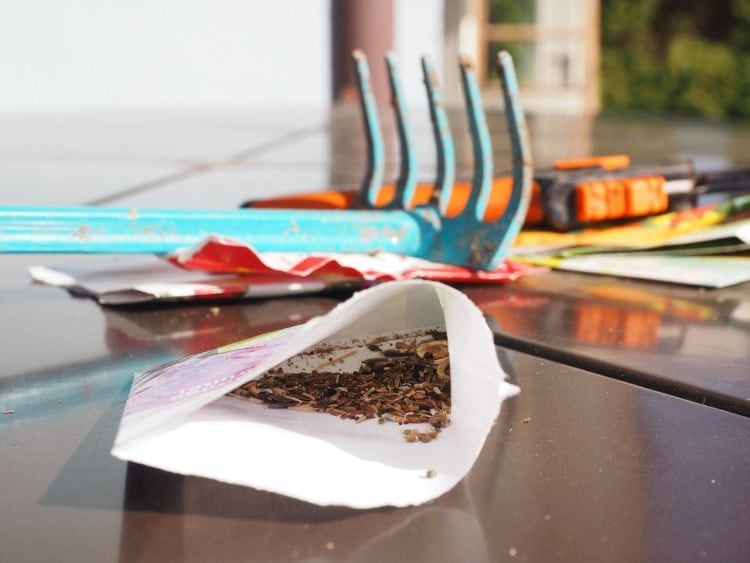
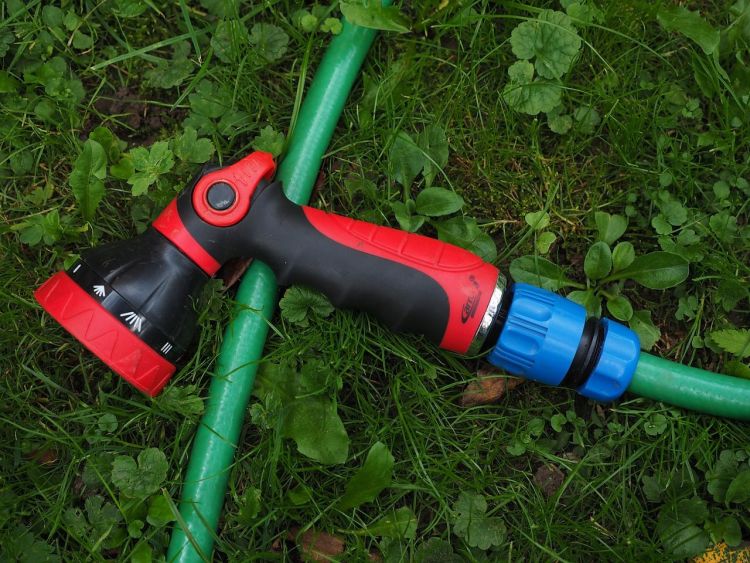
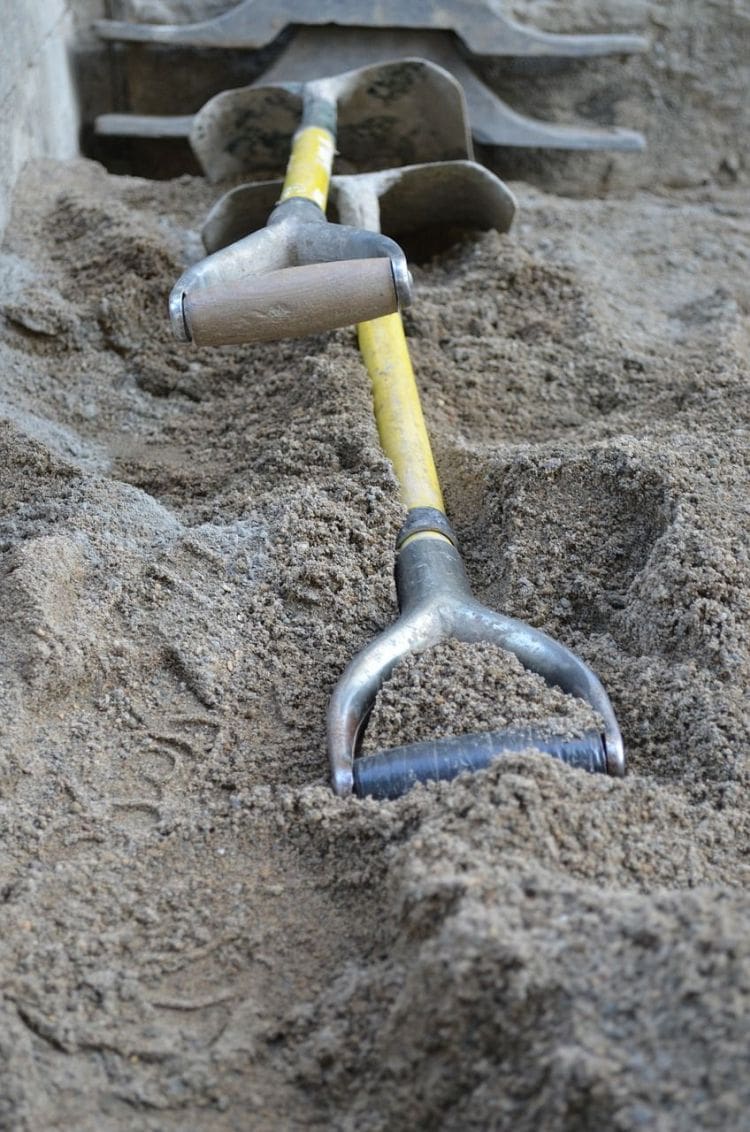
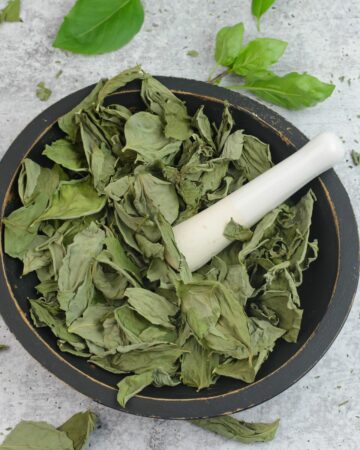
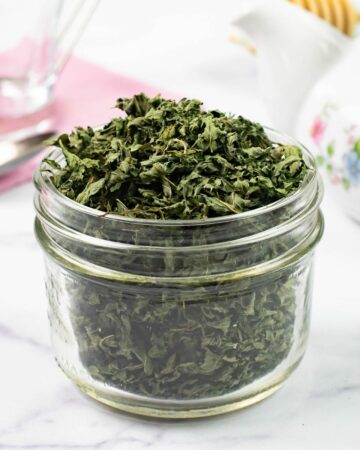
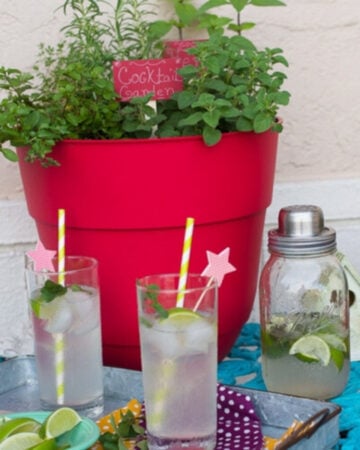

Leave a Reply